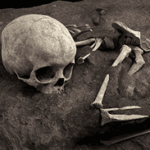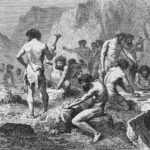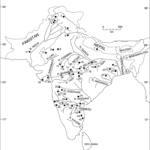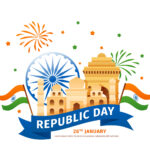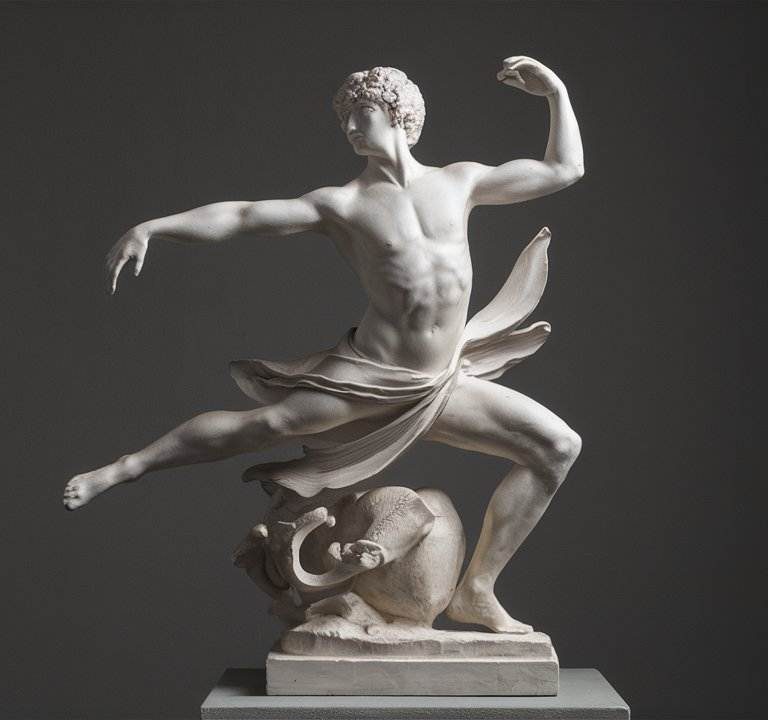Neoclassicism Theory and 28 Important short Questions on Neoclassicism
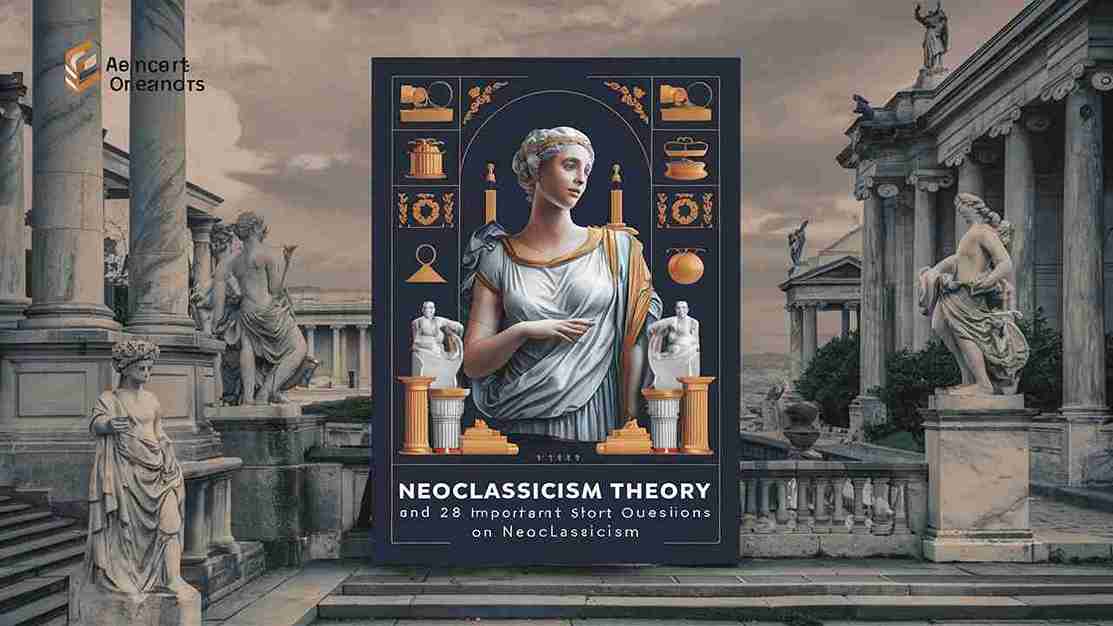
Neoclassicism
Theory of Neoclassicism
Neoclassicism is the name given to quite distinct movements in the decorative and visual arts, literature, theatre, music, and architecture that draw upon Western classical art and culture (usually that of Ancient Greece or Ancient Rome). These movements were dominant during the mid-18th to the end of the 19th century.
Table of Contents
What any “neoclassicism” depends on most fundamentally is a consensus about a body of work that has achieved canonic status (illustration, below). These are the “classics.” Ideally-and neoclassicism is essentially an art of an ideal-an artist, well schooled and comfortably familiar with the canon, does not repeat it in lifeless reproductions, but synthesizes the tradition anew in each work.
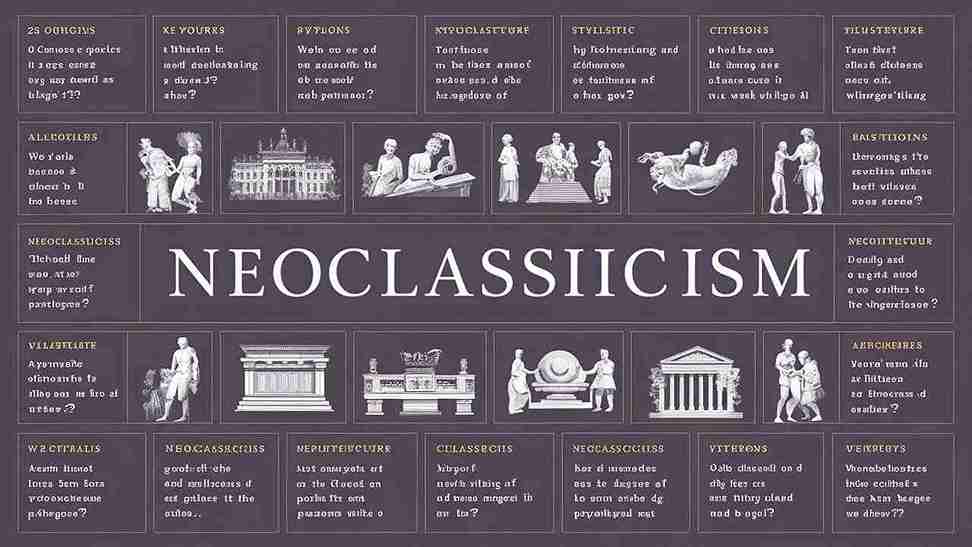
This sets a high standard, clearly; but though a neoclassical artist who fails to achieve it may create works that are inane, vacuous or even mediocre, gaffes of taste and failures of craftsmanship are not commonly neoclassical failings. Novelty, improvisation, self-expression, and blinding inspiration are not neoclassical virtues. “Make it new” was the modernist credo of the poet Ezra Pound; contrarily, neoclassicism does not seek to re-create art forms from the ground up with each new project. It instead exhibits perfect control of an idiom.
Late Baroque classicizing: G. P. Pannini assembles the canon of Roman ruins and Roman sculpture into one vast imaginary gallery (1756) Speaking and thinking in English, “neoclassicism” in each art implies a particular canon of “classic” models – Virgil, Raphael, Nicolas Poussin, Haydn. Other cultures have other canons of classics, however, and a recurring strain of neoclassicism appears to be a natural expression of a culture at a certain moment in its career, a culture that is highly self-aware, that is also confident of its own high mainstream tradition, but at the same time feels the need to regain something that has slipped away:
Apollonius of Rhodes is a neoclassic writer; Ming ceramics pay homage to Song-era celadon Chinese porcelains; Italian 15th century humanists learn to write a “Roman” hand we call italic (based on the Carolingian); Neo-Babylonian culture is a neoclassical revival, and in Persia the “classic” religion of Zoroaster, Zoroastrianism, is revived after centuries, to “re-Persianize” a culture that had fallen away from its own classic Achaemenean past. Within the direct Western tradition, the earliest movement motivated by a neoclassical inspiration is a Roman style
that was first distinguished by the German art historian Friedrich Hauser (Die Neuattische Reliefs Stuttgart 1889), who identified the style-category he called “Neo-Attic” among sculpture produced in later Hellenistic circles during the last century or so BCE and in Imperial Rome; the corpus that Hauser called “Neo-Attic” consists of bas reliefs molded on decorative vessels and plaques, employing a figural and drapery style that looked for its canon of “classic” models to late 5th and early 4th century Athens and Attica.
28 Important short Questions on Neoclassicism
Q. 1. Define Neoclassicism?
Ans. Neoclassicism is the name given to quite distinct movements in the decorative and visual arts, literature, theatre, music, and architecture that draw upon Western classical art and culture (usually that of Ancient Greece or Ancient Rome). These movements were dominant during the mid-18th to the end of the 19th century.
Q. 2. Which period of English literature is called neo-classical age?
Ans. The eighteenth century in English literature has been called the Augustan Age, the Neoclassical Age, and the Age of Reason.
Q. 3. Which two major incidents are said to be the beginning and ending of the neoclassical(neoclassicism) period?
Ans. The neoclassical period is usually taken to be the hundred-odd years (c.1660-c.1780); in other words, from Dryden’s maturity to Johnson’s death (1784).
Q. 4. Who were major English authors of neoclassical period?
Ans. Dryden (1631-1700), Swift (1667-1745), Addison (1672-1719), Steele (1672-1729), Pope (1688-1744), Lord Chesterfield (1694-1773), Fielding (1707-1754), Johnson (1709-1784), Goldsmith (1730-1774) and Gibbon (1737-1794) were major English authors of neoclassical period.
Q. 5. Who said the following lines and where: Know then thyself, presume not God to scan, The proper study of mankind is man. neoclassicism
Ans. Alexander Pope said this in his An Essay on Man.
Q. 6. What did the neoclassical writers aim at?
Ans. The neoclassical writers aimed at correctness. Neoclassical beliefs and ideals generated a definite vision of man and mankind. Man and his activities were regarded as the main subjects of poetry.
Classicism Theory and 23 Important short Questions on Classicism
Q. 7. What was neoclassical literary theory?
Ans. In literary theory and practice most writers of this period were traditionalists. They had a great respect for the classical authors, and especially the Romans who, they believed, had established and perfected the principal literary genres for all time.
Q. 8. How was literature regarded in the neoclassical period?
Ans. Literature was regarded as an art, in which excellence could be attained only by prolonged study. Thus the writers of the period were painstaking craftsmen who ad a deep respect for the rules of their art.
Q. 9. Who was Dryden?
Ans. John Dryden (9 August 16311 May 1700) was an influential English poet, literary critic, translator, and playwright who dominated the literary life of Restoration England to such a point that the period came to be known in literary circles as the Age of Dryden. Walter Scott named him “Glorious John.”
Q.10. Name some major works by Dryden?
Ans. An Essay of Dramatick Poesie (1668), Absalom and Achitophel (1681), The Spanish Fryár, (1681), MacFlecknoe (1682), The Medal (1682), Religio Laici (1682) are some major works by Dryden.
Q.11. Who was Swift?
Ans. Jonathan Swift (30 November 166719 October 1745) was an Anglo-Irish satirist, essayist, political pamphleteer (first for the Whigs, then for the Tories), poet and cleric who became Dean of St. Patrick’s Cathedral, Dublin. neoclassicism
Q.12. Name some major works by Swift.
Ans. Jonathan Swift is remembered for works such as Gulliver’s Travels, A Modest Proposal, A Journal to Stella, Drapier’s Letters, The Battle of the Books, An Argument Against Abolishing Christianity, and A Tale of a Tub are some major works by Swift.
Q.13. Who was Addison?
Ans. Joseph Addison (1 May 1672 17 June 1719) was an English essayist, poet, playwright and politician. He was a man of letters, eldest son of Lancelot Addison. His name is usually remembered alongside that of his long-standing friend, Richard Steele, with whom he founded The Spectator magazine.
Q.14. Name some major works by Addison.
Ans. It is mostly as an essayist that Addison is remembered today. Addison began writing essays quite casually. In April 1709, his childhood friend, Richard Steele, started The Tatler. The Spectator was published, and it continued until December 6, 1712.
Q.15. Who was Steele?
Ans. Sir Richard Steele (bap. 12 March 1672 – 1 September 1729) was an Irish writer and politician, remembered as co-founder, with his friend Joseph Addison, of the magazine The Spectator.
Q.16. Name some major works by Steele.
Ans. Steele published his first booklet entitled “The Christian Hero,” which was written while Steele was serving in the army, and was his idea of a pamphlet of moral instruction. The Lying Lover and The Tender Husband are also written by Steele. But he is chiefly remembered for The Tatler and The Spectator.
Q.17. Who was Pope?
Ans. Alexander Pope (21 May 168830 May 1744) was an eighteenth-century English poet, best known for his satirical verse and for his translation of Homer. He is the third most frequently quoted writer in The Oxford Dictionary of Quotations, after Shakespeare and Tennyson. Pope is famous for his use of the heroic couplet. neoclassicism
Q.18. Name some major works by Pope.
Ans. Pastorals(1709), An Essay on Criticism[1711], The Rape of the Lock (1712, enlarged in 1714), Windsor Forest [1713), Translation of the Iliad [1715-1720], Eloisa to Abelard [1717], Three Hours After Marriage, with others (1717), Elegy to the Memory of an Unfortunate Lady [1717], The Works of Shakespear, in Six Volumes(1723-1725), Translation of the Odyssey[1725-1726], The Dunciad[1728], Essay on Man [1733-1734) are some major works by Pope.
Q.19. Who was Lord Chesterfield?
Ans. Philip Dormer Stanhope, 4th Earl of Chesterfield (22 September 1694-24 March 1773) was a British statesman and man of letters.
Q.20. Name some major works by Fielding.
Ans. Love In Several Masques, 1728, The Tragedy Of Tragedies: Or, The The Life And Death Of Tom Thumb The Great, 1730, The Coffee-House Politician, 1730, The Modern Husband, 1732, Don Quixote In England, 1734, Pasquin, 1937, The Historical Register, 1737, An Apology For The Life Of Mrs. Shamela Andrews, 1741, The History Of The Adventures Of Joseph Andrews, 1742, The History Of Mr. Jonathan Wild The Great, 1743, A Journey From This World To The Next, 1743, The History Of Tom Jones, A Foundling, 1749 are some major works by Fielding.
Q.21. Who was Fielding?
Ans. Fielding was a British writer, playwright and journalist, founder of the English Realistic school in literature with Samuel Richardson.
Q.22. Who was Goldsmith?
Ans. Oliver Goldsmith (10 November 1730-4 April 1774) was an Irish writer, poet, and physician known for his novel The Vicar of Wakefield (1766), his pastoral poem The Deserted Village (1770) (written in memory of his brother), and his plays The Good-Natur’d Man (1768) and She Stoops to Conquer (1771, first performed in 1773). He also wrote An History of the Earth and Animated Nature. He is thought to have written the classic children’s tale The History of Little Goody Two-Shoes, the source of the phrase “goody two-shoes”. neoclassicism
Q.23. Name some major works by Goldsmith.
Ans. The Vicar of Wakefield, The Good-Natur’d Man, She Stoops to Conquer, The Citizen of the World, The Hermit and The Deserted Village are some major works by Goldsmith.
Q.24. What do you understand by Unity of action drama?
Ans. Aristotle said, the plays must have a unity of action, but “the term unity of action does not mean the tragedy should show only one action on stage” (Three Unities, 219). Corneille understands it as referring to a unity of obstacle to plans in comedy and of peril in tragedy. If there are several elements which carry about this function, they must be logically linked.
Q.25. What do you understand by The Unity of Time?
Ans. Corneille believes that following too strictly the unity of time may lead to more defects and incongruities than those which result from a subtle compression of story-time. The best solution for dramatic time, Corneille believes, is to leave it indeterminate to the audience whenever possible. The audience will not think of it unless they are made aware of incongruities. Time indications are always clumsy in plays, Corneille believes, and it is better to leave them out.
Q.26. What do you understand by The Unity of Place?
Ans. The requirement for a unity of place, Corneille notes, is not found in Aristotle or in Horace, only it seems a logical consequence of the unity of time. The closer we keep to a unity of place, the better, but there is a danger of its leading to absurdities. Only, the changes of place have to be made during the intervals between the acts. They must not be mentioned or shown through setting.
Q.27. Mention two tenets of Neoclassicism. K.U.2011
Ans. The tenets of Neoclassicism are ideals of order and logic, restraint, accuracy, “correctness,” “restraint,” decorum.
Q.28. Name the Roman author and his work on which neoclassic ideal is founded. What are the major literary genres that flourished during the neoclassic period? K.U.2012
Ans. History of the Art of Antiquity by Johann Winckelmann in 1755 founded the neoclassical idea.
JOIN ON FACEBOOK CLICK HERE
About the Author
Sisir Mondal
Administrator
My name is SISIR MONDAL, I complete my graduate from University of Kalyani , West Bengal, India . I am like to build WordPress website and also developing this type of website . If you want your website , you can contact me trough email. thanks to visit this site.
